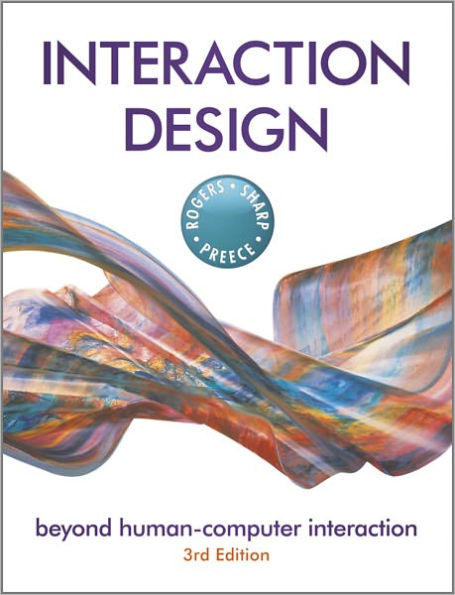Table of Contents
1. What is interaction design?
1.1 Introduction
1.2 Good and poor design
1.3 What is interaction design?
1.4 The user experience
1.5 The process of interaction design
1.6 Interaction design and the user experience
2. Understanding and conceptualizing interaction
2.1 Introduction
2.2 Understanding the problem space and conceptualizing design
2.3 Conceptual models
2.4 Interface metaphors
2.5 Interaction types
2.6 Paradigms, theories, models, and frameworks
3. Cognitive aspects
3.1 Introduction
3.2 What is cognition?
3.3 Cognitive frameworks
4. Social interaction
4.1 Introduction
4.2 Being social
4.3 Face-to-face conversations
4.4 Remote conversations
4.5 Telepresence
4.6 Co-presence
4.7 Emergent social phenomena
5. Emotional interaction
5.1 Introduction
5.2 Emotions and the user experience
5.3 Expressive interfaces
5.4 Frustrating interfaces
5.5 Persuasive technologies and behavioural change
5.6 Anthropomorphism and zoomorphism
5.7 Models of emotion
6. Interfaces
6.1 Introduction
6.2 Interface types
6.3 Natural user interfaces
6.4 Which interface?
7. Data gathering
7.1 Introduction
7.2 Five key issues
7.3 Data recording
7.4 Interviews
7.5 Questionnaires
7.6 Observation
7.7 Choosing and combining techniques
8. Data analysis, interpretation, and presentation
8.1 Introduction
8.2 Qualitative and quantitative
8.3 Simple quantitative analysis
8.4 Simple qualitative analysis
8.5 Tools to support data analysis
8.6 Using theoretical frameworks
8.7 Presenting the findings
9. The process of interaction design
9.1 Introduction
9.2 What is involved in interaction design?
9.3 Some practical issues
10. Establishing requirements
10.1 Introduction
10.2 What, How, and Why?
10.3 What are requirements?
10.4 Data gathering for requirements
10.5 Data analysis, interpretation, and presentation
10.6 Task description
10.7 Task analysis
11. Design, prototyping, and construction
11.1 Introduction
11.2 Prototyping and construction
11.3 Conceptual design: moving from requirements to first design
11.4 Physical design: getting concrete
11.5 Using scenarios in design
11.6 Using prototypes in design
11.7 Support for design
12. Introducing evaluation
12.1 Introduction
12.2 The why, what, where, and when of evaluation
12.3 Types of evaluation
12.4 Evaluation case studies
12.5 What did we learn from the case studies?
13. An evaluation framework
13.1 Introduction
13.2 DECIDE: A framework to guide evaluation
14. Evaluation Studies: From Controlled to Natural Settings
14.1 Introduction
14.2 Usability testing
14.3 Experiments
14.4 Field studies
15. Evaluation: Inspections, Analytics and Models
15.1 Introduction
15.2 Inspections: heuristic evaluation and walkthroughs
15.3 Analytics
15.4 Predictive models






